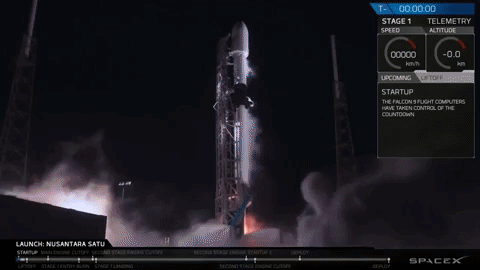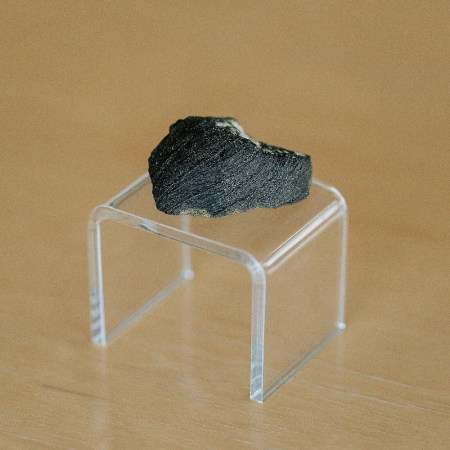Last night SpaceX launched its Falcon 9 rocket off of Florida soil to release a moon lander, among other things, into space. Israel’s spacecraft, called Beresheet, should land on the moon some time in April.
Woot woot! Another @SpaceX launch for the books! #SpaceX helping to get #IsraelToTheMoon! ❤️???️ pic.twitter.com/Hvj8AFnPSF
— CH?SE (@GIFChaseH) February 22, 2019
The lander was born from a Google Lunar XPrize contest that never found a winner. But SpaceIL, the non-profit group that developed the moon lander, persisted without winning the $22 million Google prize.
The team, which includes the state-owned Israel Aerospace Industries (IAI), worked on a shoestring budget. “This is the lowest-budget spacecraft to ever undertake such a mission,” an IAI statement said of the $87M project. “The superpowers who managed to land a spacecraft on the moon have spent hundreds of millions.”
Thanks to help from SpaceX, if the lander successfully lands on the moon, Israel will join the U.S., China, and then Soviet Union as the only four countries to touch down on the lunar surface.
Although the team didn’t win the Google prize, they still hope to accomplish some of the criteria set forth by the challenge including being able to travel up to 500 meters on the surface of the moon as well as send stunning HD videos and pictures back to Earth.
Successful deployment of the SpaceIL lunar lander confirmed, starting the spacecraft’s two-month voyage to the Moon pic.twitter.com/iMlVYJHef3
— SpaceX (@SpaceX) February 22, 2019
For the next month or so, the lander will orbit Earth as it lets the moon’s gravity pull it closer and closer to our magnetic neighbor. Beresheet will gradually decrease its orbit until it finally lands on the moon, where it will only have a few days of life left to live on the cold rock.
NASA Administrator Jim Bridenstine is thrilled with the launch and deployment of Israel’s moon lander. “Congratulations to SpaceIL and the Israel Space Agency,” he said in a statement. “This is a historic step for all nations and commercial space as we look to extend our collaborations beyond low-Earth orbit and on to the Moon.”
In July the NASA administration was “very impressed” by Israel’s commitment to becoming a bigger player in the world’s space community. “There are terrific opportunities awaiting Israel and all of us in advancing the space frontier,” Bridenstine said.
The spacecraft will measure the moon’s magnetic field as it lands as well as beam back data from NASA-installed reflectors to give the team accurate readings of the distance from Earth to the moon.
Once the spacecraft’s energy is spent, it will remain on the moon forever, carrying a “time capsule” of sorts containing various items like an Israeli flag and recorded memories from a Holocaust survivor.
Thanks for reading InsideHook. Sign up for our daily newsletter and be in the know.


















